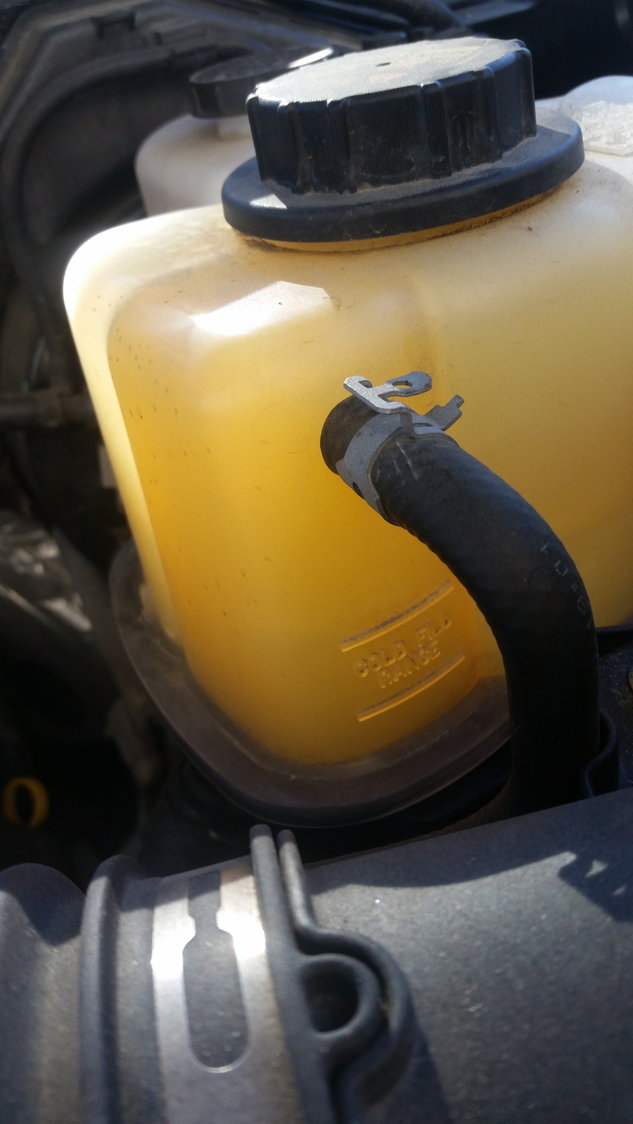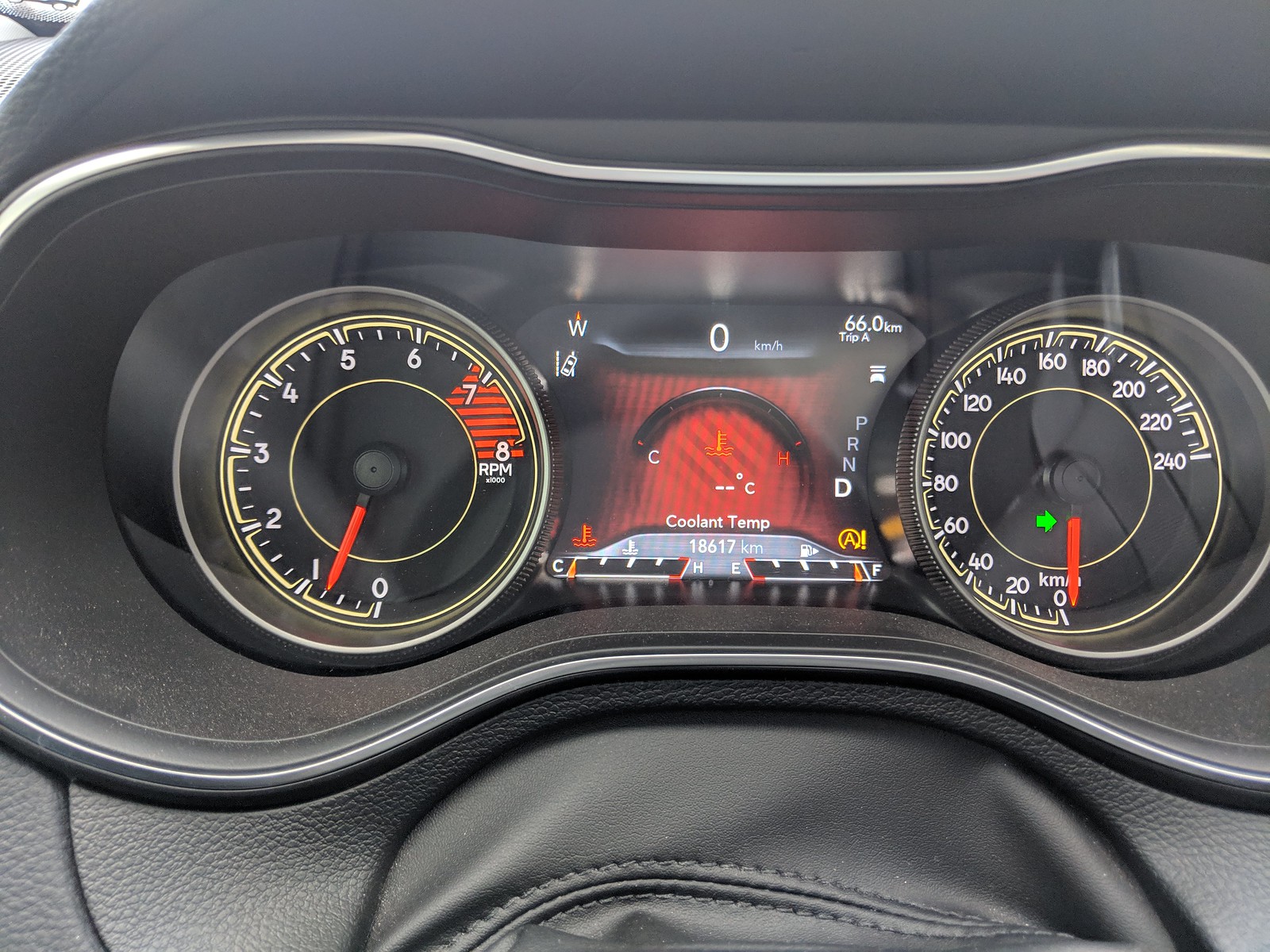
It’s when you are hardly moving that the radiator fan is going to do the work of keeping air flowing into the radiator. While going down the road, the movement of air through your F150’s radiator will usually be enough to cool the engine without the help of the fan. Do you have a lot of white smoke? That’s a very good indication that you have a blown head gasket. If you aren’t finding anything even with the dye, look at the rear exhaust. If you are losing fluid but can’t readily see the leak, UV dye is a great tool to locate it. In fact, you really should not need to take it off at all unless the coolant is leaking from the cap itself.Ī slow leak can be more difficult to find than a quick leak since the coolant can evaporate before it has a chance to show itself. Make sure that you don’t take the radiator cap off when the engine is warm.

If that’s the case, you can fill it and replace the cap. Your F150’s radiator could be leaking from the front or back. Here are some of the reasons that your coolant may run low: Low coolant is a symptom of a cooling system leak of some kind. Low coolant is the most common reason that your F150 will overheat. If it is full, you can rule out low coolant or a coolant leak, and skip the next section. The first thing that you need to do is check your F150’s overflow container. Shutting down before it overheats or as soon as you see it is overheating will usually prevent significant engine damage. Bad head gasket symptoms include white smoke coming from the tailpipe, rough idle, and oil in the coolant. If your F150 is run for too long of a period while overheating, the head gasket may blow. It does this to relieve the pressure on the cooling system before lasting damage can occur. If your F150’s engine gets hot enough, the coolant will begin to boil over and manifest itself as steam coming up from under the hood. Driving while overheating can cause long term engine damage. If this light does come on, make sure that you get off the road quickly and safely. The most common symptom of overheating is the temperature light coming on. Your F150 will be equipped with a temperature warning light and/or a temperature gauge. Here are the most common symptoms that your Ford F150 is overheating. If any part of this system fails, your F150 will eventually overheat. Radiator Hoses– Connect the radiator to the water pump and engine block.It is needed when driving at lower speeds. Radiator Fan– Your F150’s radiator fan pushes extra air onto the radiator when the engine coolant gets too hot.Radiator– Pulls heat from the coolant before it cycles back into your F150’s engine.

Thermostat– The thermostat opens up once the engine reaches operating temperature and allows coolant in.The coolant starts in the radiator, enters the engine, pulls heat out of the block and heads, and returns to the radiator to be cooled again. Water Pump– Your F150’s water pump pushes the coolant through the entire system.Your F150’s cooling cycles engine coolant from the engine through the radiator. If your Ford F150 is overheating, the first thing you should do is check the coolant level.

2015 F150 ENGINE COOLANT OVER TEMPERATURE CRACKED
A blown head gasket, engine block, or cracked head are much more expensive than a thermostat or water pump. Ignoring an overheating engine can lead to serious engine problems. If your F150 is overheating, stop driving it immediately to avoid damaging the engine. Common symptoms of overheating include smoke coming from under the hood, a pegged temperature gauge, and (eventually) a blown head gasket. One of the worst problems that can happen to your Ford F150 is overheating.


 0 kommentar(er)
0 kommentar(er)
